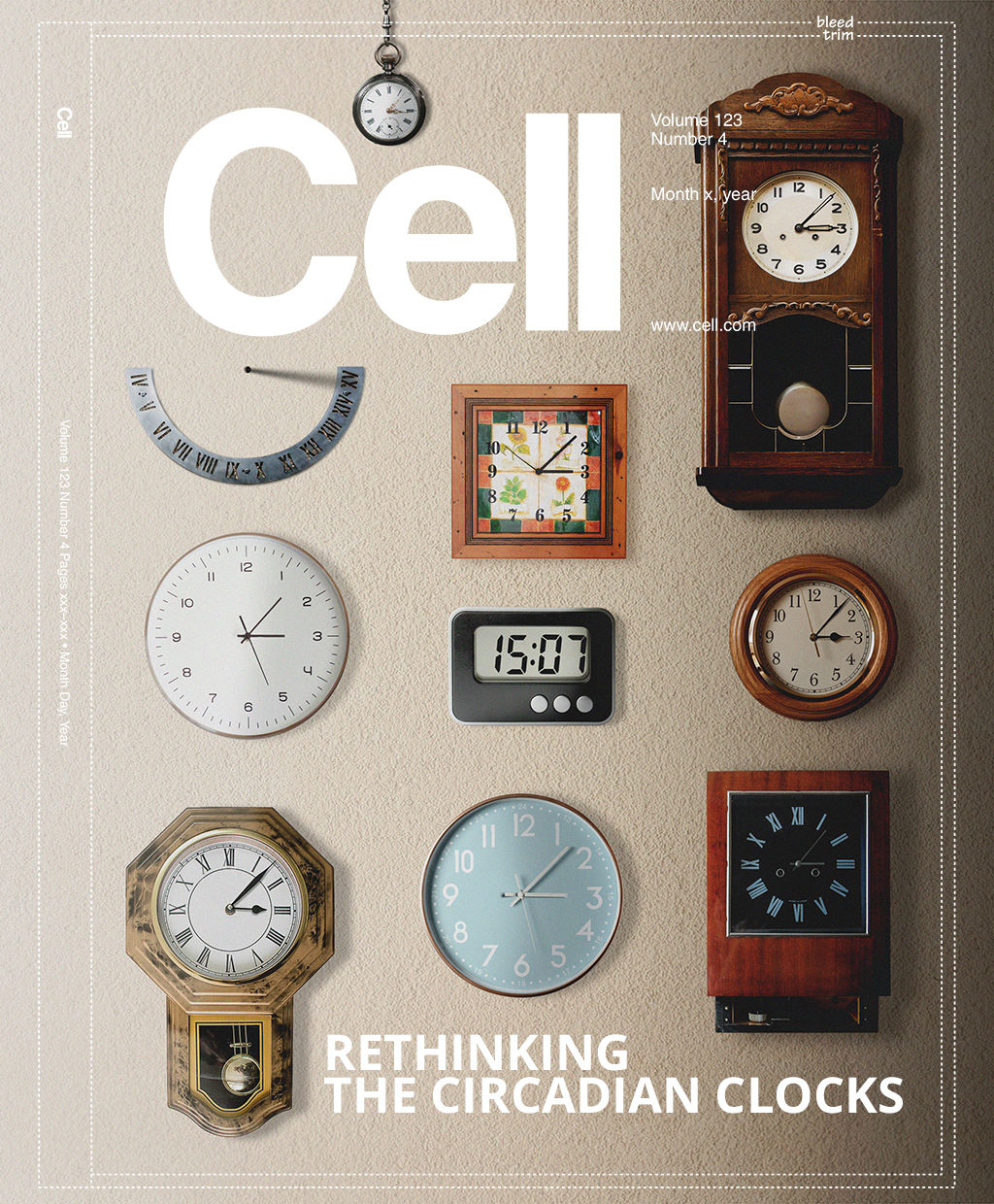Circadian rhythms control organismal physiology throughout the day. At the cellular level, clock regulation is established by a self-sustained transcriptional oscillator network. However, it is still unclear how different tissues achieve a synchronized rhythmic physiology. That is, do they respond independently to environmental signals, or require interactions with each other to do so? These are important issues since deregulation of the clock is causative of accelerated aging and several diseases such as metabolic disorders and a higher predisposition to cancer.
In this work, we showed that unexpectedly, light synchronizes the circadian machinery in single tissues in the absence of clocks in all other tissues. Importantly, tissue-autonomous clocks partially sustain homeostasis in otherwise arrhythmic and prematurely aging animals. Our results therefore support a two-branched model for the daily synchronization of tissues: an autonomous clock that directly responds to light without any commitment of other tissue clocks, and a memory branch using other tissue clocks to “remember” time in the absence of external cues. This new model of the timed synchronization of our clocks nicely explains jetlag, while raising concerns regarding the ¨social jetlag¨ to which we are currently exposing our tissues on a daily basis due to the unnatural exposure to light at night. In addition, our results indicate that tissues have a minimal functional independence which probably ensures a certain degree of tissue fitness even when the functionality of other tissues might be compromised. Overall this would extend organismal fitness even when some component (for instance a specific tissue or organ) is damaged.

